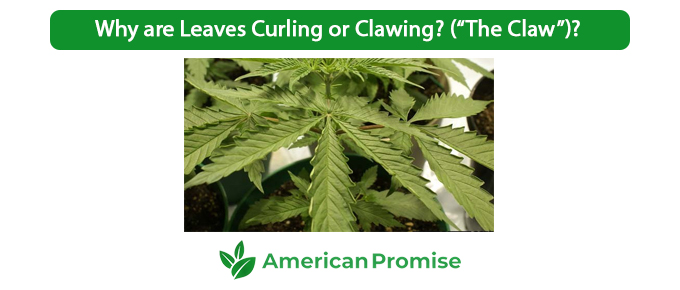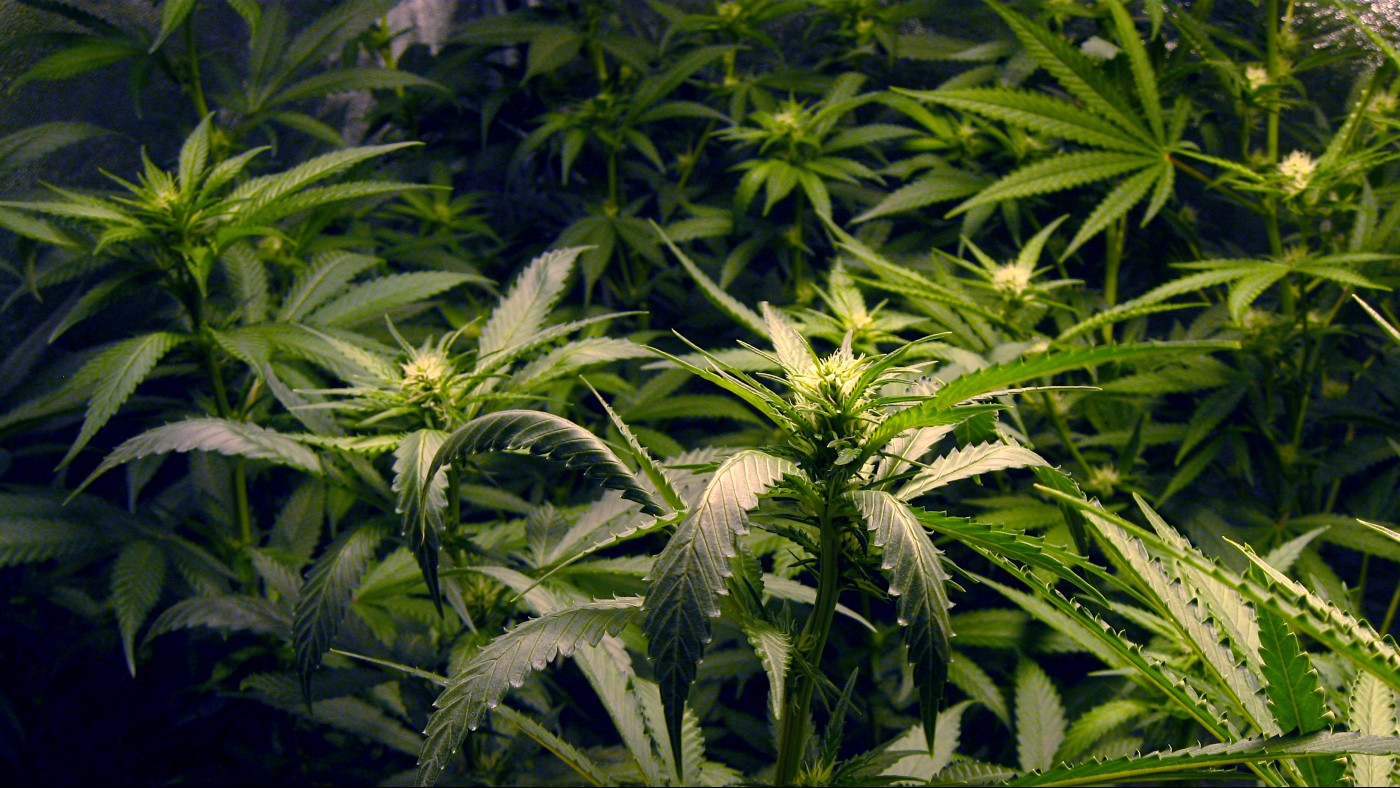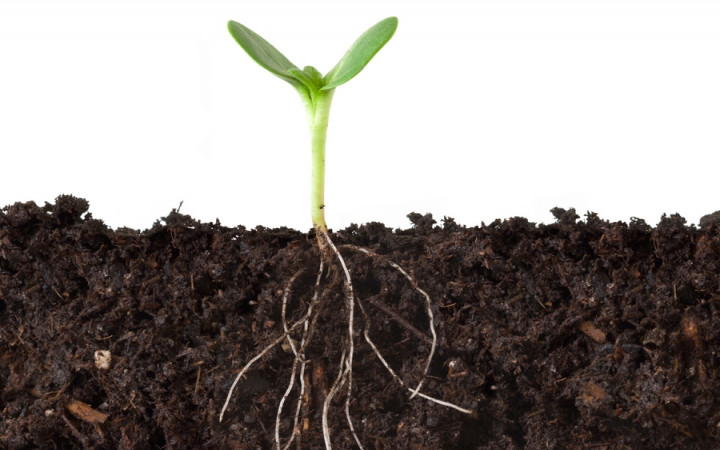We occasionally recommend products we love and might be paid a share of the sale.
If you are a cannabis grower, then you must have gone through the issue, best known as the claw during the life cycle of the plant. The claw is a condition in which the leaves of the cannabis plant curl and takes the shape of a claw. To be precise, when the leaves become droopy and start curling downward it forms the shape of a claw. There can be a handful of reasons behind the clawing of the leaves of a cannabis plant. Each reason or problem has a solution. Moreover, the clawing of the marijuana leaves can be upward shaped too. This article aims to cover all the potential issues that might lead to the leaf-curling symptom in cannabis plants and what you can do to solve it.
The curling of the leaf can seem like a simple sign that might need a few adjustments in the environment of the plant or in the treatment of the plant, to remedy it. However, to be true the issue can be tricky to solve. Moreover, it is essential to identify whether the leaves are clawing in an upward or downward-facing direction for getting more insight into the matter. Therefore, go through some of the potential reasons for clawing as given below and find out the reason behind the clawing of your cannabis along with a treatment plan.
-
Wind Burn
One of the common reasons behind the clawing of cannabis leaves is windburn. If the plants are kept in an environment in which they are exposed to strong winds for a prolonged period, then this might lead to the leaves curling inward for protecting themselves. Furthermore, if the leaves are exposed to windburn in the rear side of the curling, you might also find yellow spots on the leaves, which look like actual burns. Moreover, the air circulation in the garden where the plant is grown should also be checked. This means that if the clawing is taking place in a particular location in the garden that has a higher airflow, then the problem is windburn.
The solution for an indoor-grown cannabis plant that is going through leaf clawing due to the fan inside, blowing too intensely is by lowering the blowing speed of the unit. However, if that is not possible, you can try to change the angle of the fan or the position of the cannabis plant so that the wind does not hit it directly. Moreover, if the occurrence is in a garden then try to build a wind block around the plant for solving the issue.
-
Overwatering or under watering of Plants
Both over and under watering the cannabis plant can lead its leaves to claw. It is a common notion that the over-watering of the plant can result in clawing. However, it is under watering too that can have similar effects on the leaves. However, in both cases, the symptoms of clawing can be different. In case of overwatering, the leaves will swell up. This will add to their weight and the leaves shall droop. On the other hand, in case of under watering, the leaves shall dry up and this might lead to its curling.
The solution for an underwatered plant is simple. You have to increase the watering spells to ensure that the leaves do not dry and claw. However, in the case of over-watering, multiple things have to be maintained. To begin with, decrease the watering spells of the plant or decrease the amount of water that you feed the plant in each spell. Furthermore, you can also add pearlite to the medium for future purposes so that there is no problem with drainage.
-
Excess Nitrogen
It is a fact that too much of anything can spoil the entire business. This is also true in the case of nutrients that are needed by plants for growth. Too many nutrients can spoil the affair. One of the potential indicators of excess nitrogen or over-fertilization can be a deep green hue on the leaves along with clawing effects. Sometimes using the same nutrient mix for a long time can result in nitrogen toxicity. With maturity, the nitrogen requirement for the plants decreases. This means that cannabis does not require as much nitrogen as in the flowering stage, as they require during the vegetative stage.
There is an easy solution to fix the nitrogen toxicity issue. To begin with, you need to flush the media with 6.0 pH water so that there are no extra nutrients in the root zone. After doing this, the plant will start looking more fresh and lively in around two days. Moreover, you can also organize the watering schedule by following the sample chart of any of the nutrient suppliers available on their websites.
-
Bad Soil
Bad soil is another potential reason for the curling of the leaves. Some of the instant indications of soil deterioration are by going through the texture of the soil. If it has become wet, muddy, and runny, then there are chances that it has to be replaced. Some of the indicators of good soil are good drainage and water retention capabilities. If the quality of the soil were not good, then the roots would not be able to hold water, absorb the required nutrients from the soil and maintain the oxygen levels. Good quality soil will have a darker tone with a loose texture.
There is not much to do if the soil quality falls. It is recommended to add measures so that the soil can drain the water properly. For the future purpose, pearlite or small-sized rocks can be added to the soil mix so that it adds to the soil aeration and make it more light and fluffy.
-
Damaged Roots
Another potential reason behind the clawing of the leaves is the damaged roots. If the roots are damaged, then the leaves might curl upwards or downwards. Roots might be damaged due to overwatering. If the clawing leaves of the marijuana plant had been diagnosed with overwatering, but the issue persisted even after taking the remedial measures, the problem might be about damaged roots. Roots that are exposed to longer periods of heat or cold can also suffer damage. In such a case, you might find the leaves to be blistered along with clawing.
There is little chance that anything can be done in case of damaged roots. All you can do is to keep the plant healthy by ensuring that the soil is properly drained after each watering spell. Moreover, the temperature should be evenly regulated around the plant and everything should be left to dry out between watering.
-
Root Rot
Root rot is another occurrence that might result in the clawing of the leaves. It is similar to root damage. However, in the case of root rot, the roots are attacked by infection. This happens if the roots are exposed to warmer temperatures or an anaerobic environment. An anaerobic environment is an environment devoid of oxygen. It is the thriving ground for pathogens like fungi and bacteria. In such an anaerobic environment, the roots might be affected by these pathogens. Such a condition can lead to the roots not being able to absorb nutrients leading to the clawing of the leaves. Moreover, along with a downward-facing clawing symptom, the roots will also develop brown patches.
One of the solutions that are widely used to treat root rot is hydrogen peroxide. However, it might seem like a temporary solution as the infection might return in some time after the treatment. A permanent potential solution for the product can be any botanical treatment material that consists of a friendly bacterium, which cuts the root out of the infection completely.
-
Too Heat/Cold temperatures
The incorrect temperature that is either too hot or too much cold can also cause the leaves to curl. If the clawing is towards the upward direction, then it might be due to excess heat. If the temperatures are excessively cooler, then the leaves might claw with the color changing to blue or purple.
The solution for the above problem can be much easy as all you have to do is regulate the temperature accordingly. If it is an indoor plant then the temperatures can be controlled easily. The ideal range of temperature during the day would be 20 – 27 Celsius and that of the night would be 17 – 20 Celsius. In the case of outdoor plants, try changing the location depending on the problem.
FAQs
Can a leaf claw in directions either upward or downward?
Yes, the leaves of the cannabis plant can claw upward or downward depending on the type of problem they are facing.
Can too much water harm the plant?
Yes, too much water leads the leaves to swell and droop with extra weight.
Can too much heat lead to clawing?
Yes, too much heat can lead to the leaves drying up and clawing.
Conclusion
These are some of the potential reasons for clawing along with the solutions, which can remedy the plant of the disease. There can be other issues too. It is always recommended to keep the plant healthy to avoid clawing.
I’m an avid gardener and cannabis enthusiast. You can usually find me in my garden caring for my plants or at my computer crafting helpful blogs for my readers.
Contents




